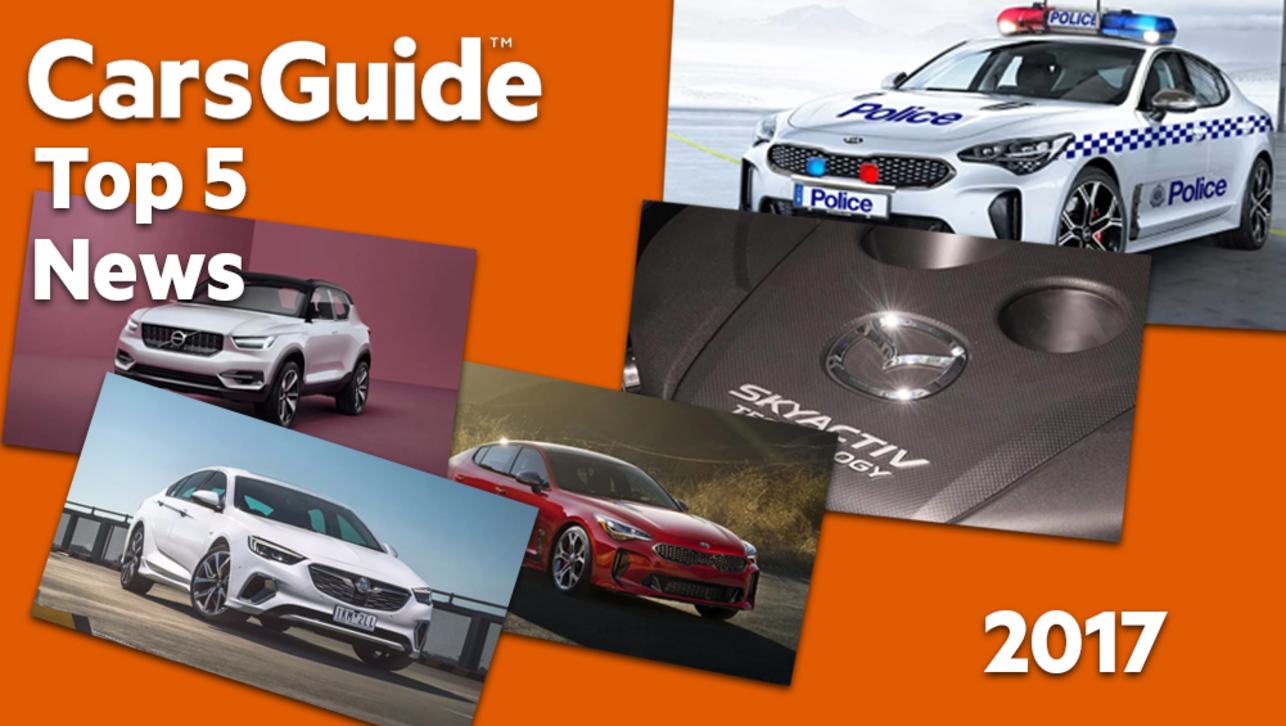The first car in the world with a pedestrian airbag has gone on sale in Australia – and it's made by the same company that invented the three-point seatbelt 54 years ago.
The Volvo V40 hatch has sensors in the front bumper that detect when a pedestrian has been hit. They trigger a giant U-shaped airbag that inflates near the bottom of the windscreen. The airbag and bonnet – which pop-up in milliseconds – are designed to prevent head injuries, the single biggest cause of pedestrian deaths.
The latest figures show that pedestrian deaths across Australia have fallen over the past five years – but they still account for 13 per cent of all road fatalities (170 of the 1297 deaths recorded in the 12 months to the end of January 2013), down from 20 per cent in 2009.
“It’s fantastic technology and every car should have it,” said road safety campaigner and the chairman of the Pedestrian Council Of Australia and Harold Scruby. “But the question is: why don’t more cars have it?”
Scruby said federal regulations lag behind the world’s best automotive standards: “Seven years after Europe adopted regulations for pedestrian protection, the Australian government still hasn’t adopted mandatory standards for frontal protection systems”.
Pedestrians shouldn’t get too brave if they see a Volvo heading their way, however. Jaywalkers and those who want to test out the new airbag by not crossing the road quickly enough – or who cross on a red signal – risk an $89 ticket in NSW.
Bumping into a pedestrian won’t be a cheap experience for drivers, either. The airbag and its deployment system – two pyrotechnic bonnet struts – are estimated to cost about $3000 to replace.
Furthermore, buyers may not necessarily get a discount on their insurance premiums, either. NRMA Insurance began offering a 20 per cent discount on another Volvo model introduced two years ago because it can automatically brake at slow speeds if the driver isn’t paying attention. The system was initially foolproof at 30km/h but has been upgraded on the latest Volvo to avoid a crash at up to 50km/h.
“We haven’t yet inspected the [new Volvo] but we don’t automatically apply discounts to cars with autonomous emergency braking systems," said Robert McDonald, research manager for NRMA Insurance. "We look at what situations the system works in, and other risk factors such as parts prices and general damageability.”
The price of the Volvo V40 is expected to start at about $35,000 – but it has a $6000 option pack that will make it almost impossible to crash, which includes:
- pedestrian detection and automatic braking (which negates the need for the pedestrian airbag)
- radar cruise control with queue assist (which automatically creeps the car forward in stop-start traffic)
- lane wander alert (which vibrates the steering wheel if you change lanes without indicating)
- auto-dipping high beam (which detects oncoming cars and cuts the bright lights so you don’t dazzle other drivers).
This reporter is on Twitter: @JoshuaDowling




.jpg)








.jpg)
.jpg)
.jpg)

.jpg)

.jpg)







.jpg)


Comments